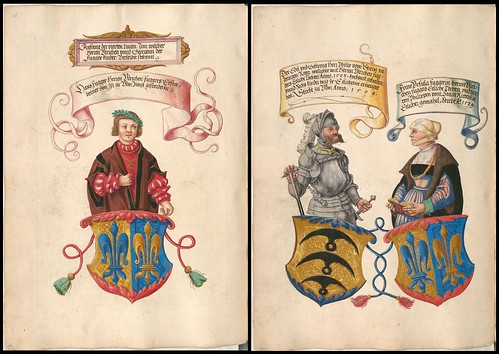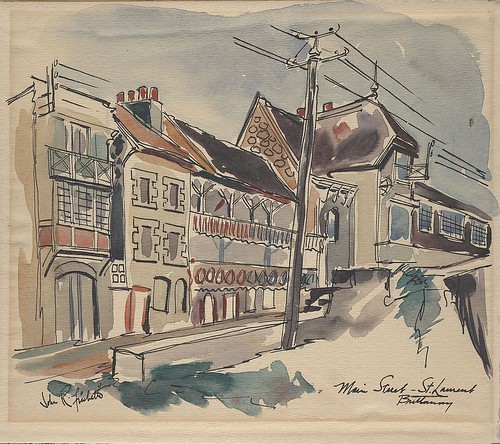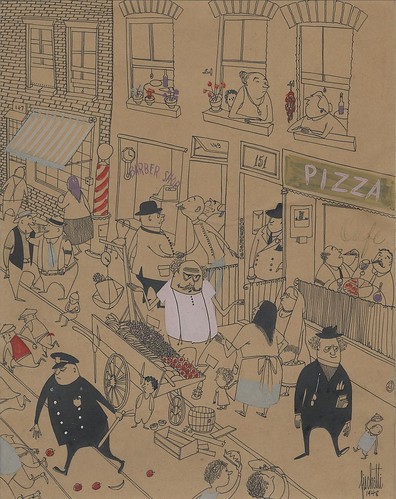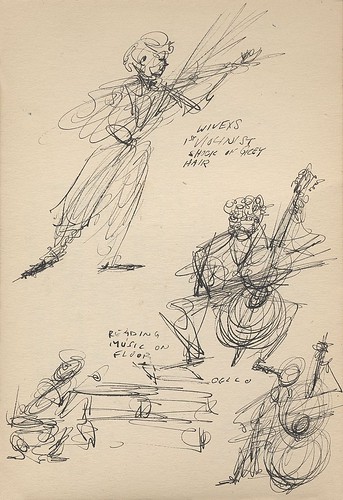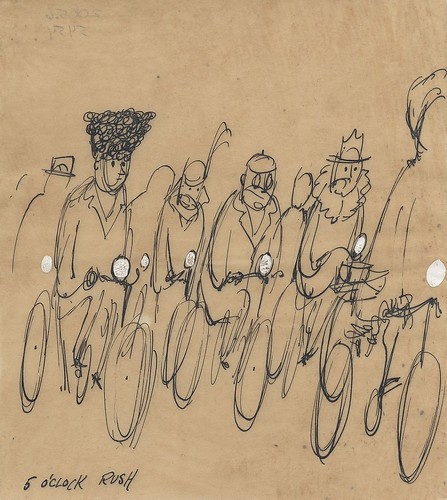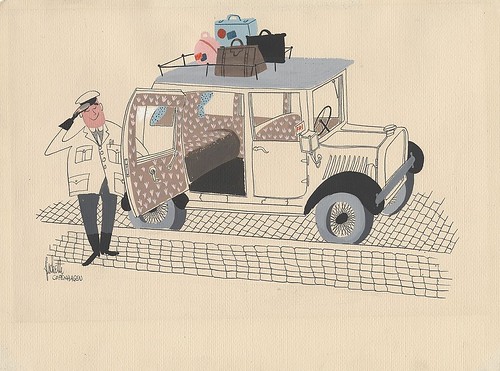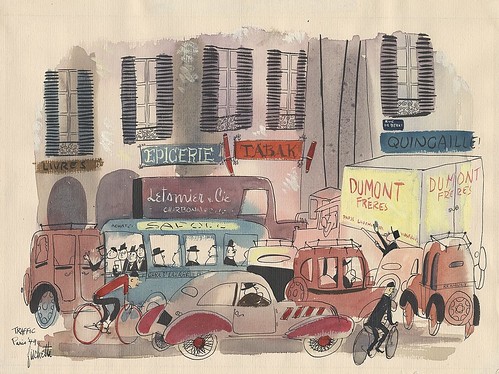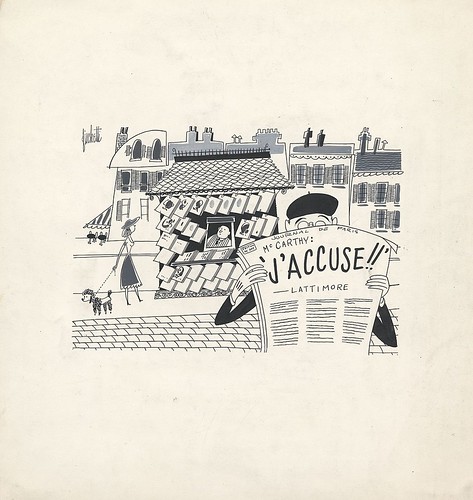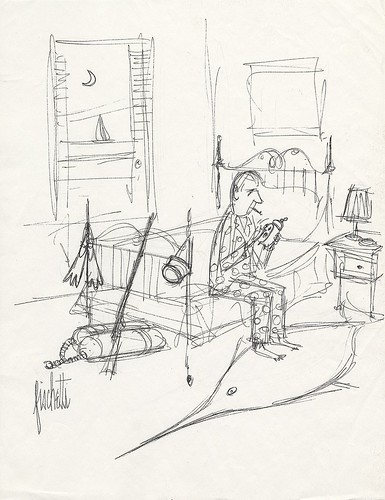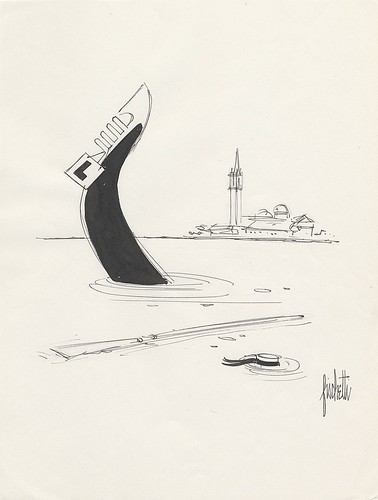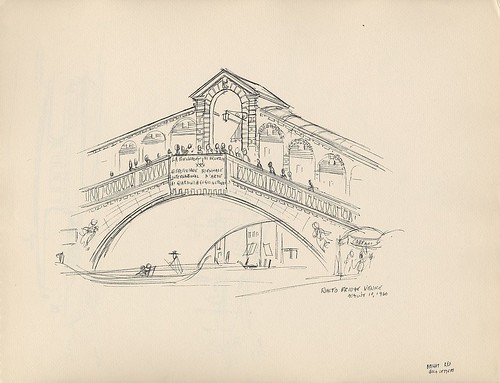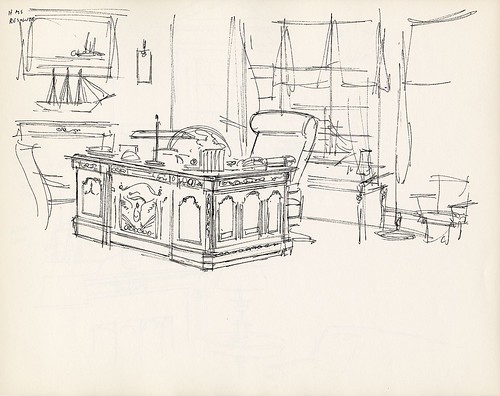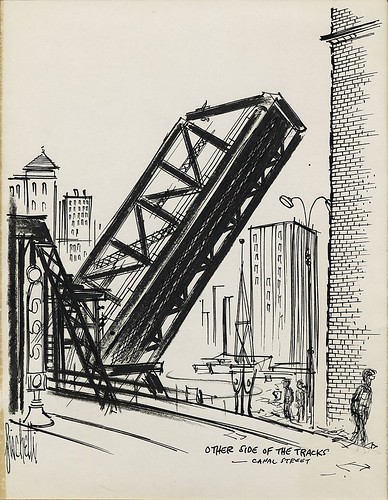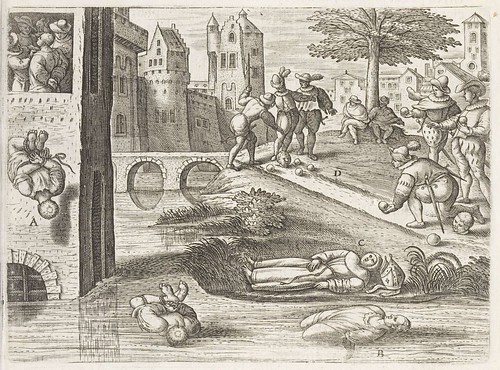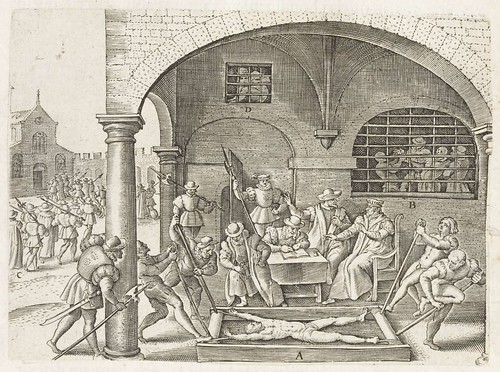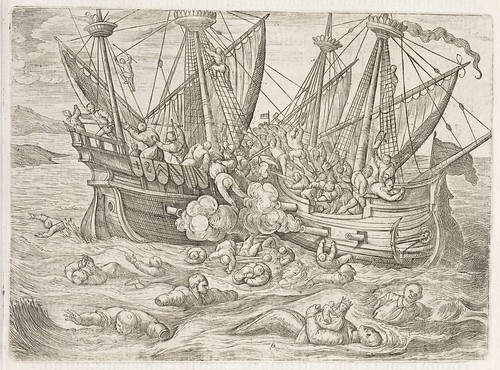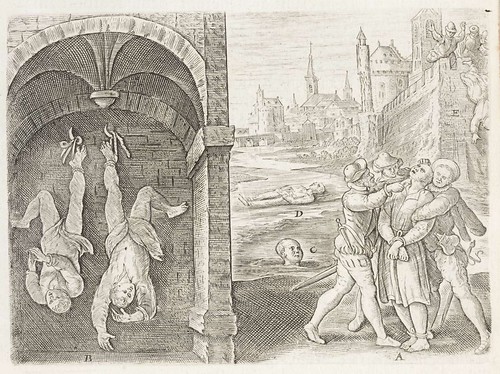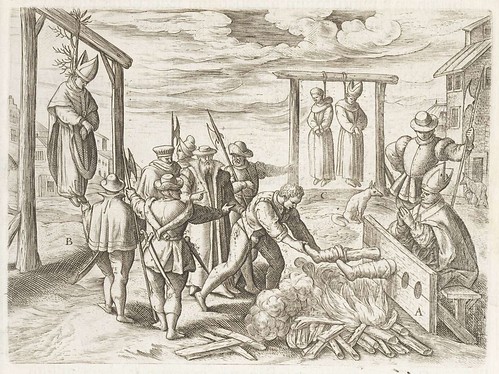The Fugger family dynasty began in the mid-14th century with a modest textile business in the Swabian town of Augsburg. Over the next two hundred years the family amassed one of the greatest fortunes of all time. Through banking and mining interests they acquired the wealth and assets of the Florentine House of Medici and exerted great influence over the Holy Roman Empire and the royal courts of Europe. Like the Medici, the Fuggers were also significant patrons of the arts during the Renaissance.
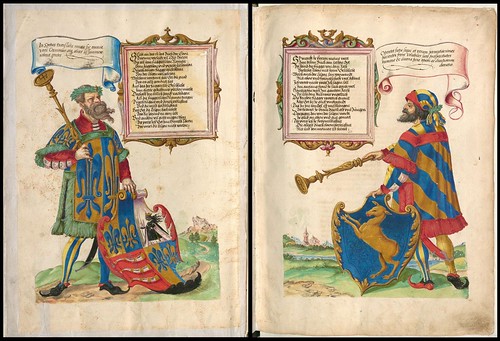


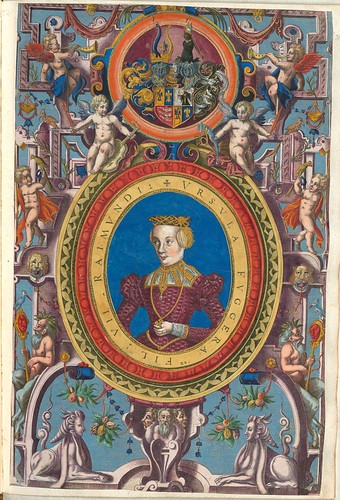
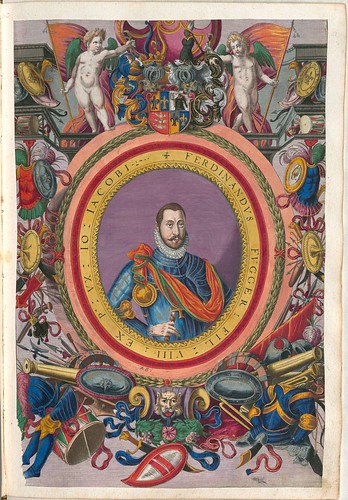


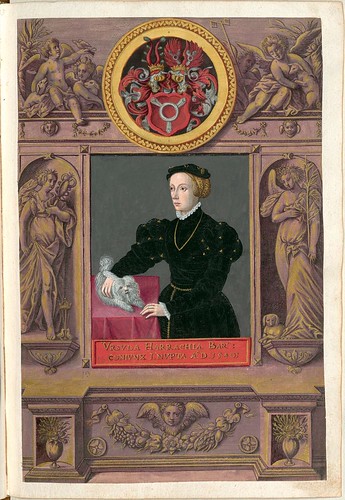
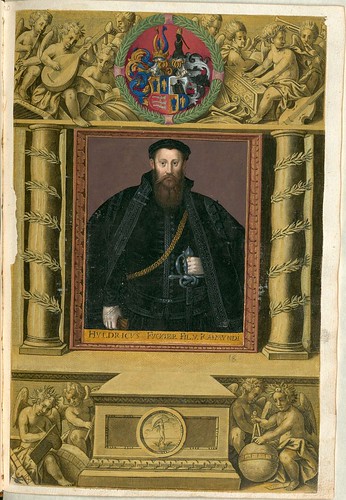
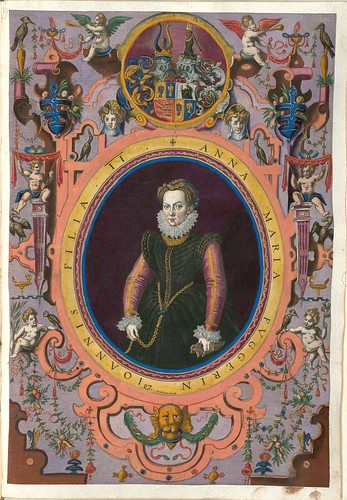
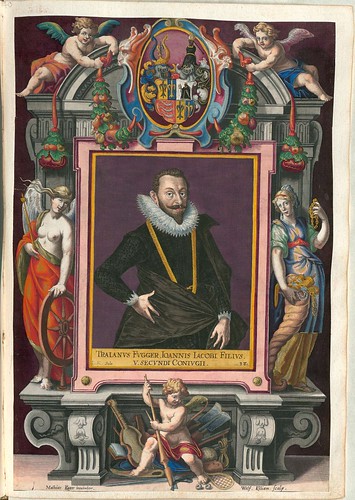
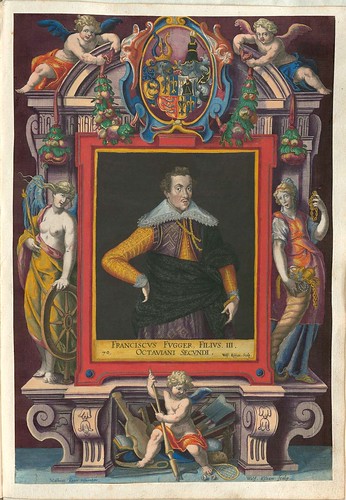
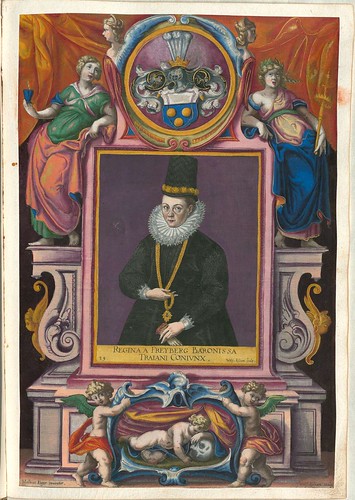
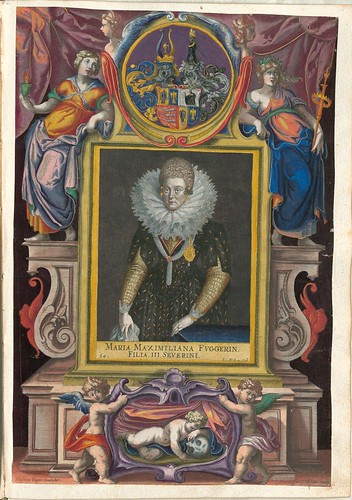
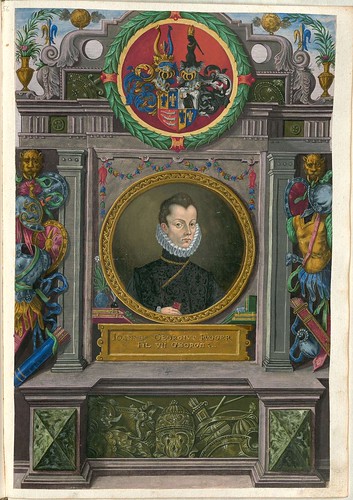
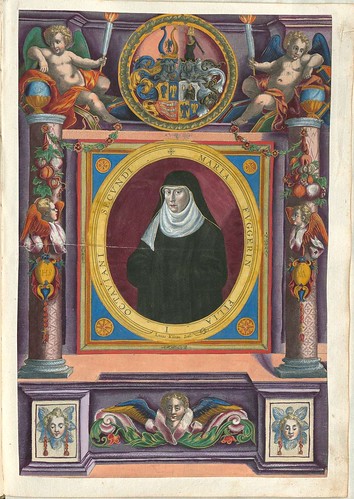
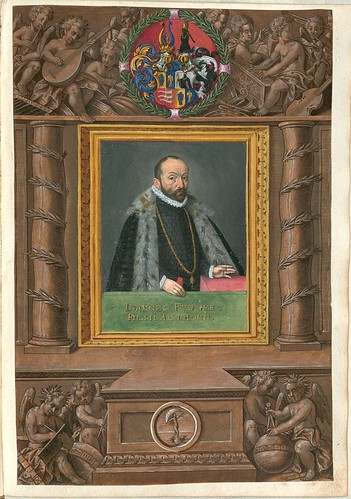
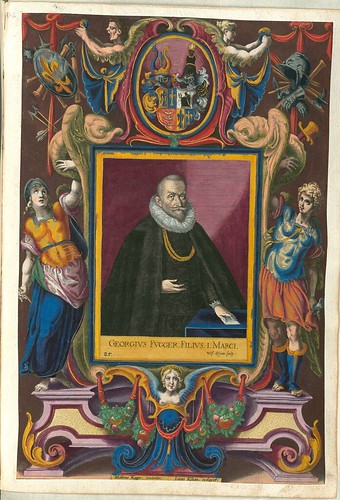
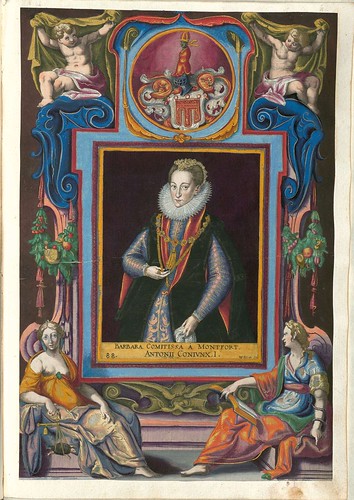
The Fugger family history, going back to the 1300s, was documented pictorially in two manuscripts from different time periods, displaying the crests, family trees and portraits of family members.
The first manuscript - the 'Geheimes Ehrenbuch' (secret book of honour) - was produced by the Augsburg painter, Jörg Breu, in the late 1540s and is a unique genealogical document in German language history. (double page images up top)
The second book, also produced in Augsburg (1593-1618), contains elaborate hand-coloured engravings featuring a parade of Renaissance motifs (grotesques, fruit garlands, scientific allusions and the like) for a deluxe limited edition issued to family members. Title: 'Fuggerorum. et Fuggerarum. Quae in familia natae. Quaève in familiam transiervnt. Quot extant aere expressae imagines'.
The Fugger family manuscripts are available from Bayerische Landesbibliothek Online in both regular browsing format and 3-D Java (turn-the-page by any other name) displays. The landing page is in English. An exhibition of these works will be held at the Bavarian State Library in March to May 2010.
- The Fugger family at Encylopedia Britannica.
- http://www.fugger.de/ (multiple languages)
- The Wealthy Fuggers (Regio-Augsburg Tourism).
- Portrait of Jacob Fugger 'the Rich' (1459-1525) by Albrecht Dürer and by Hans Burgkmair.
- B&W series of 'Fuggerorum et Fuggerarum' (and a few other portraits) at NYPL.
- 'In This Picturesque Village, the Rent Hasn't Been Raised Since 1520 - Tenants in German Enclave Pray Daily, For Good Fortune and the Souls of Bankers' by Mike Esterl (WSJ 2008).
